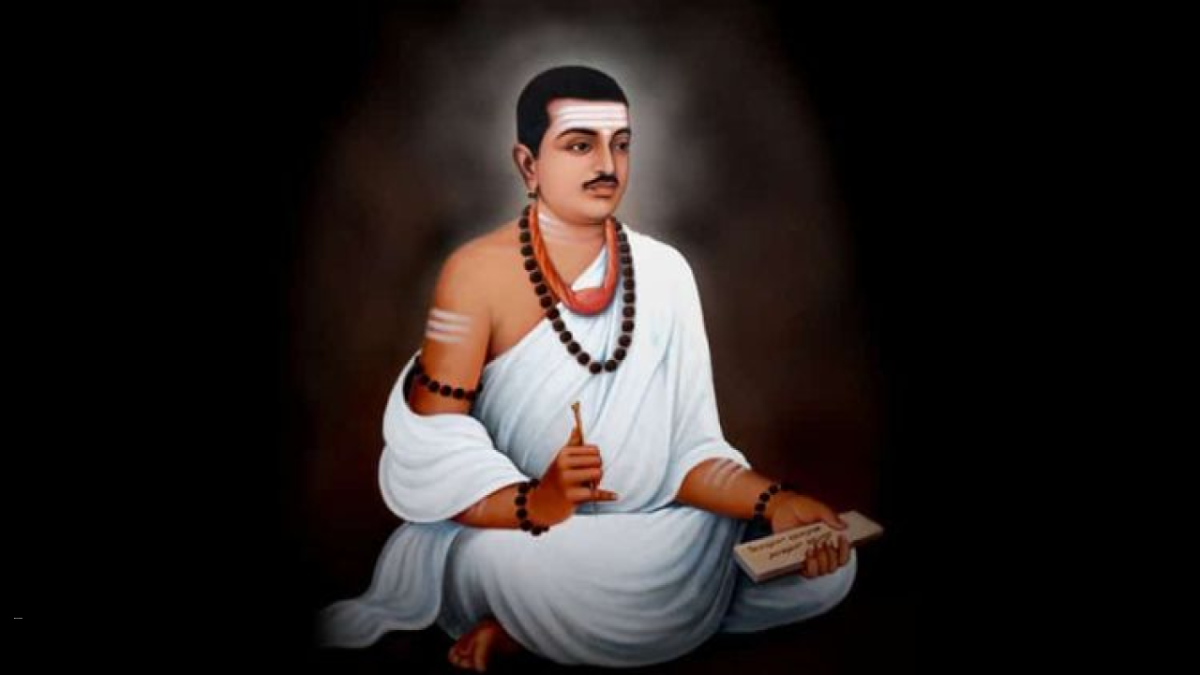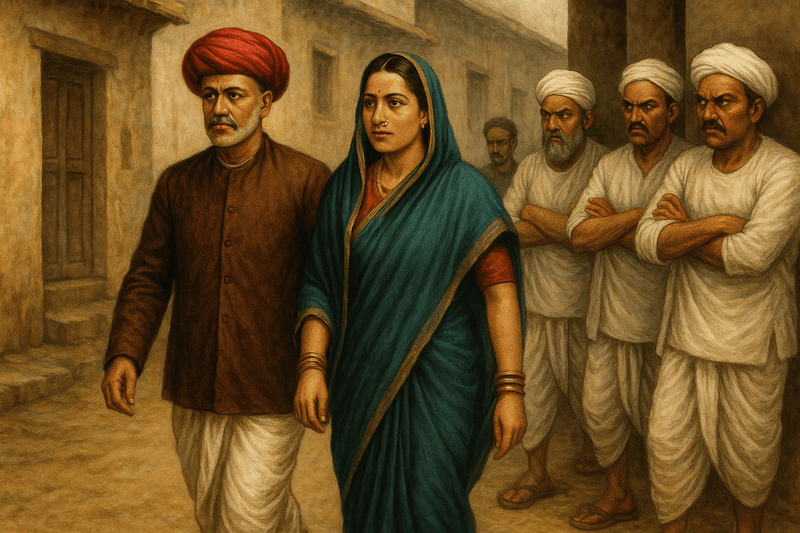Nine centuries ago, while Europe was building cathedrals to segregate nobles from peasants, a revolutionary in Karnataka was tearing down the very foundations of social hierarchy. Basavanna didn’t just challenge the caste system—he set it ablaze with ideas so dangerous that they still threaten entrenched power structures today.
The Audacity of One Man Against Millennia
Born around 1105 CE into a world where your birth determined your worth, Basavanna committed an unforgivable sin: he looked at a Brahmin and a Dalit and declared them equals before God. This wasn’t mere philosophical musing—it was social dynamite that exploded centuries of carefully constructed oppression.
While ascending to become minister under King Bijjala II, Basavanna could have joined the ranks of those who profit from inequality. Instead, he weaponized his privilege, using his position to dismantle the very system that elevated him. His Lingayat movement wasn’t just religious reform—it was a declaration of war against Brahminical supremacy that had strangled Indian society for millennia.
The Caste Cage: Then and Now
Consider the suffocating reality Basavanna confronted: a society where touching the “wrong” person could pollute you, where entire communities were condemned to servitude by accident of birth, where women were relegated to silent shadows. Now look around contemporary India. Has the cage truly been unlocked?
In 2025, Dalit students still face discrimination in universities. Inter-caste marriages trigger honor killings. Temple entry remains contested territory. The tools of oppression have evolved—from overt untouchability to subtle social ostracism, from denied temple access to denied job opportunities. The caste system hasn’t disappeared; it has merely learned to wear modern clothes.
Basavanna’s revolutionary principle of “Kayaka”—work as worship—strikes at the heart of this hypocrisy. He proclaimed that a cobbler’s honest labor was more sacred than a priest’s empty rituals. Today, when manual scavengers are still forced into sewers while tech billionaires are celebrated, when farmers commit suicide while stock traders make fortunes, Basavanna’s message burns with renewed urgency.
The Vachana Revolution: Poetry as Warfare
Basavanna’s Vachanas weren’t just verses—they were Molotov cocktails hurled at the fortress of orthodoxy. Written in Kannada, the people’s language, they bypassed Sanskrit’s elitist gatekeeping and spoke directly to the oppressed masses. Each Vachana was a small revolution, questioning everything from ritual purity to gender inequality.
“The pot is a god. The winnowing fan is a god. The stone in the street is a god. The comb is a god. The bowstring is a god. The bushel is a god. The spouted cup is a god.”
This wasn’t poetry—it was blasphemy that declared the sacred existed everywhere, not just in Brahmin-controlled temples. It was a direct assault on religious monopoly that resonates powerfully today, when godmen amass billions while devotees starve, when elaborate temples rise beside slums, when religious leaders preach division while claiming divine authority.
Gender Liberation: The Unfinished Revolution
While medieval Europe debated whether women had souls, Basavanna was empowering them as spiritual equals. Women in his movement composed Vachanas, challenged priests, and asserted religious authority. Akka Mahadevi, the mystical poet, became one of his movement’s most powerful voices—unthinkable in orthodox society.
Fast-forward to today’s India: women still fight for equal inheritance rights, face workplace harassment, endure dowry violence, and struggle for bodily autonomy. The glass ceiling that Basavanna tried to shatter remains largely intact. His radical inclusion of women as spiritual equals exposes the continuing bankruptcy of patriarchal religious traditions that still dominate Indian society.
The Price of Revolution: Martyrdom and Legacy
Basavanna’s movement paid in blood. When King Bijjala was assassinated in 1167 CE, the backlash was swift and brutal. Kalyana burned. Followers scattered. The established order reasserted itself with violence—a pattern that echoes through Indian history whenever the oppressed dare to rise.
This cycle of resistance and retribution continues today. Dalit assertion is met with atrocities. Inter-caste marriages trigger violence. Social reformers face persecution. The forces that destroyed Basavanna’s Kalyana still prowl Indian society, ready to crush any challenge to hierarchical power.
Contemporary Relevance: The Mirror We Refuse to Hold
Basavanna’s mirror reflects uncomfortable truths about modern India. We celebrate his legacy in textbooks while perpetuating the very inequalities he fought against. We build statues to honor him while discriminating based on caste. We quote his Vachanas while maintaining social segregation.
His principle of “Dasoha”—sharing with the needy—challenges today’s extreme wealth inequality where billionaires multiply while millions lack basic healthcare. His rejection of ritual purity confronts modern casteism disguised as cultural tradition. His insistence on gender equality exposes the hypocrisy of a society that worships goddesses while oppressing women.
The Unfinished Revolution
Basavanna’s greatest contribution wasn’t founding a sect—it was proving that hierarchical oppression isn’t inevitable. He demonstrated that ordinary people could reject millennia of conditioning and choose equality over division. His movement showed that social transformation was possible when individuals decided to treat dignity as universal rather than conditional.
Today, as India grapples with rising communalism, persistent casteism, and deepening inequality, Basavanna’s revolutionary fire burns more relevant than ever. His Vachanas ask the same uncomfortable questions: Why do we accept that some lives matter more than others? Why do we allow birth to determine worth? Why do we segregate the divine into acceptable and unacceptable forms?
The Mirror’s Challenge
Nine centuries later, Basavanna’s mirror still reflects our failures and possibilities. Every time we witness caste discrimination and remain silent, every time we accept religious polarization as normal, every time we tolerate gender inequality as tradition, we betray his revolutionary legacy.
But every act of cross-caste solidarity, every challenge to religious orthodoxy, every assertion of gender equality carries forward his rebellion. Basavanna didn’t just critique inequality—he proved it could be overcome.
The question his mirror poses today is devastatingly simple: If one 12th-century revolutionary could envision and partially create an egalitarian society, what prevents us from completing his unfinished revolution? The answer lies not in our scriptures or institutions, but in our willingness to look unflinchingly into Basavanna’s mirror and act on what we see reflected there.



